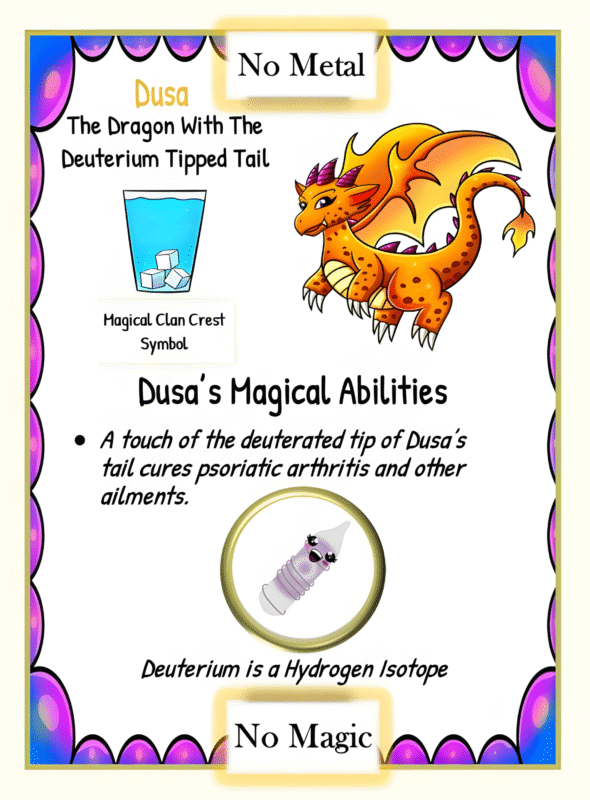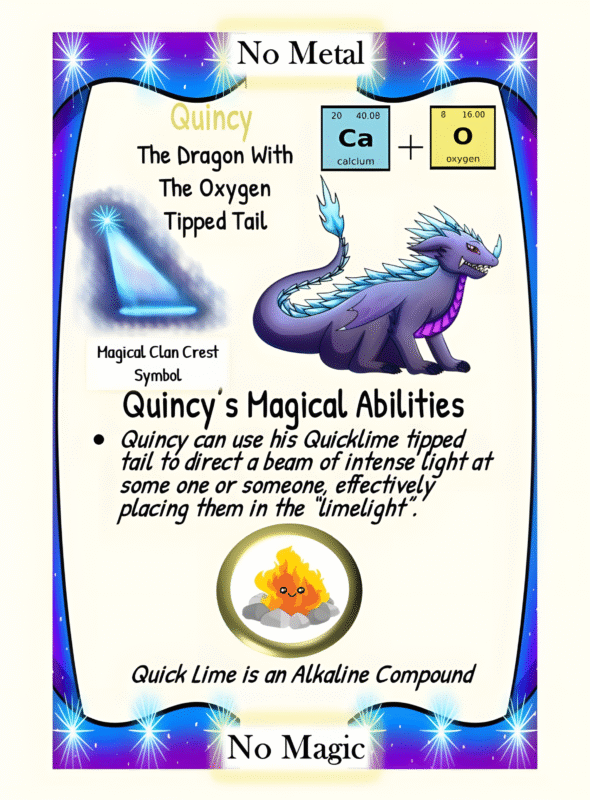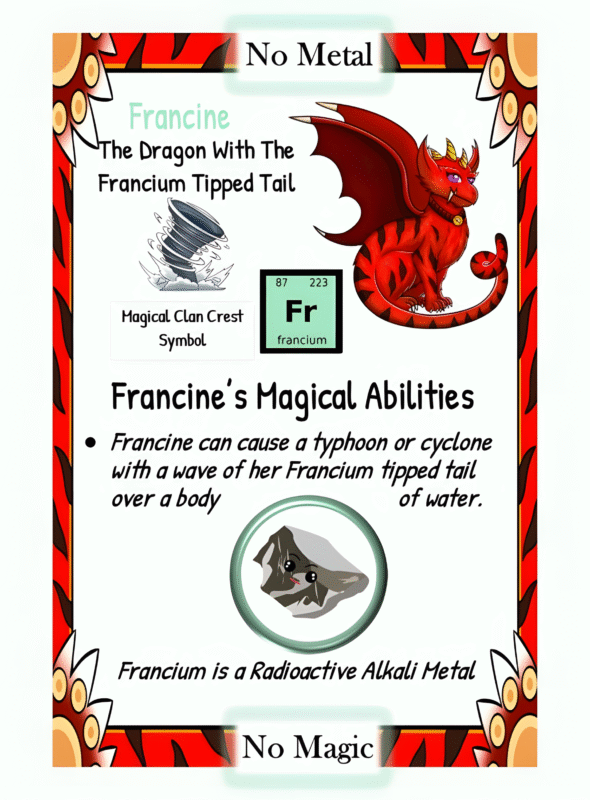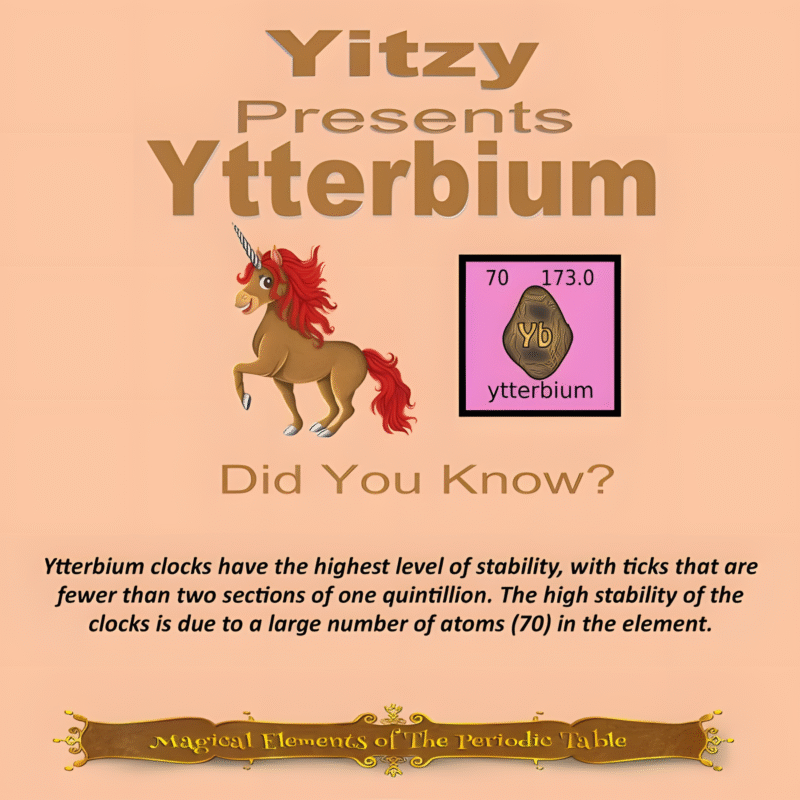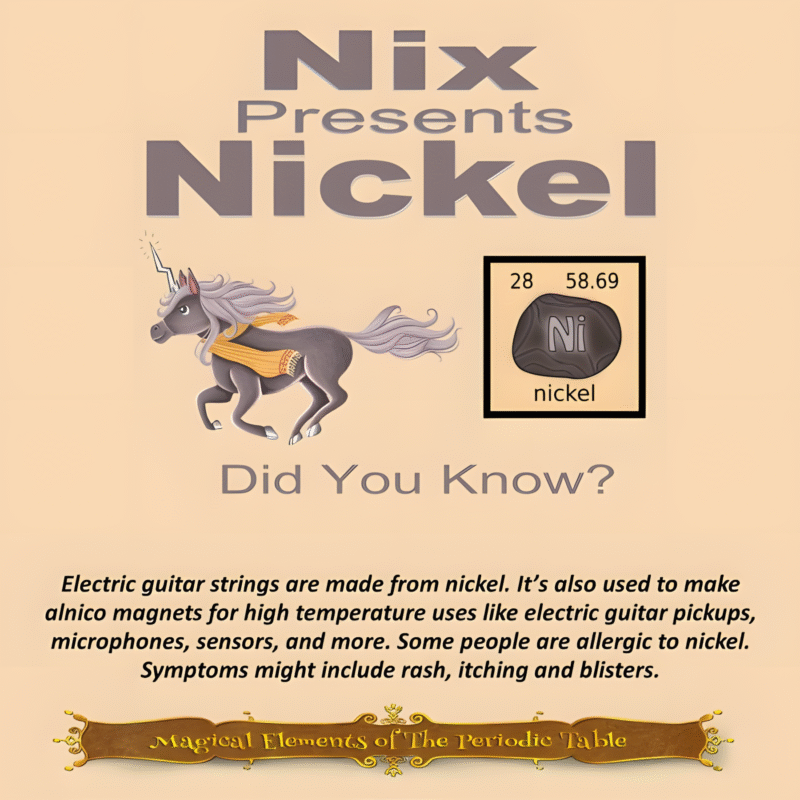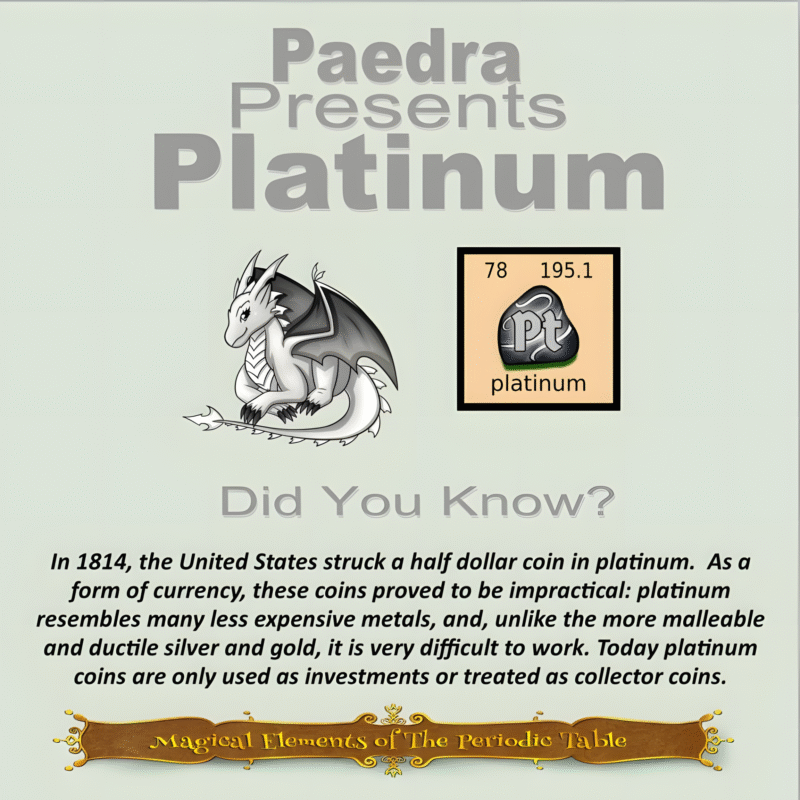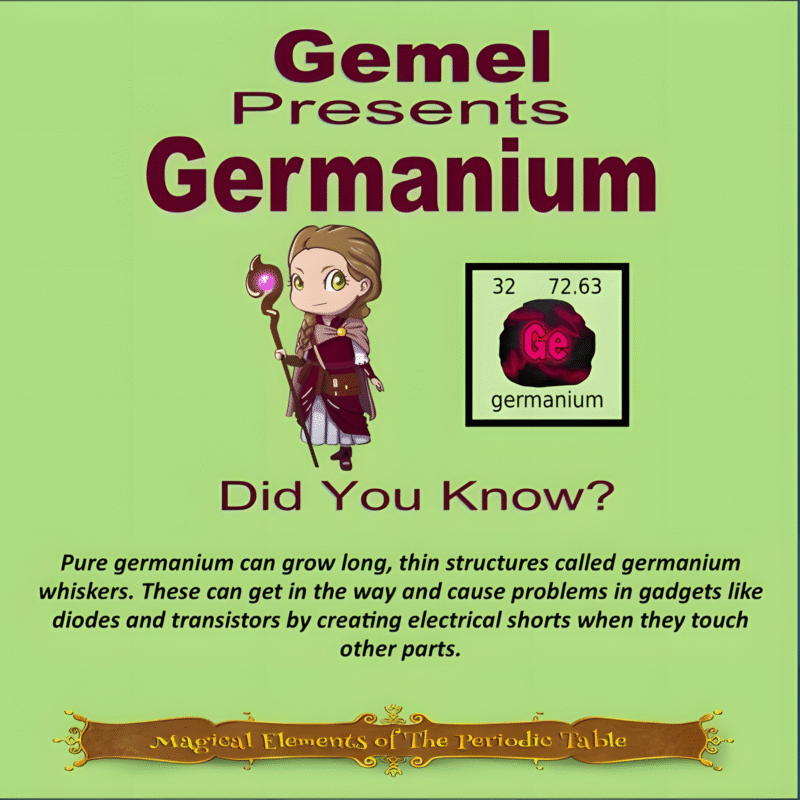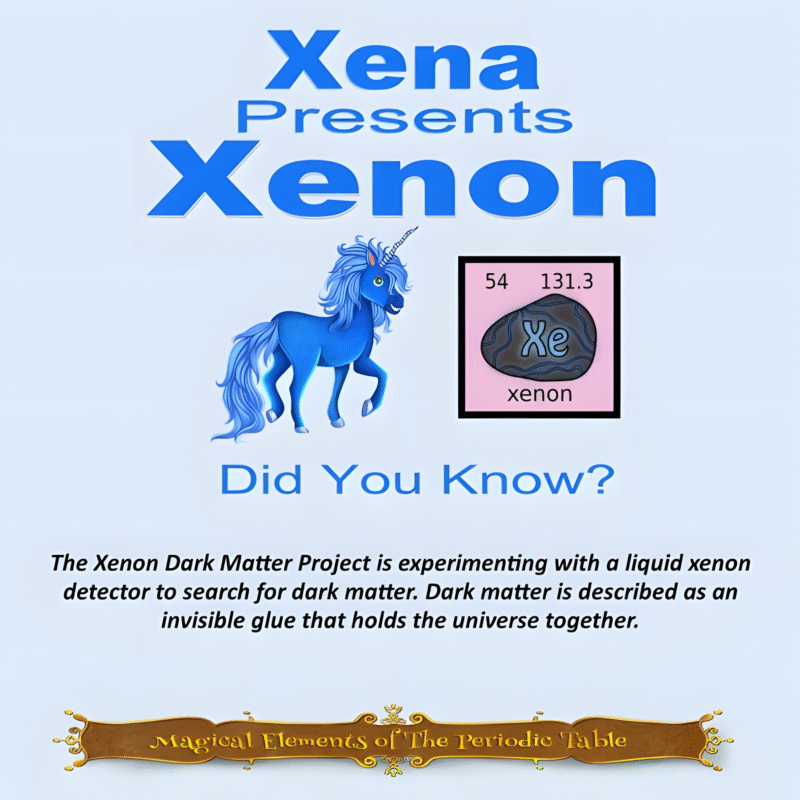The Evolution of Yttrium: From Luminescence to Advanced Technologies
Yttrium, a silvery metallic element, was first discovered in 1794 by the Finnish chemist Johan Gadolin. Since its initial identification, yttrium has found diverse applications in various fields, ranging from luminescence in television screens to catalysts in chemical reactions. Nevertheless, as technology advanced and new materials were discovered, yttrium gradually lost its prominence in some of its traditional applications. This article explores the first uses of yttrium and delves into the reasons behind its declining usage.
- Luminescence: The Beginnings One of the earliest uses of yttrium was in the field of luminescence, particularly in the production of television screens and fluorescent materials. Yttrium oxide, also known as yttria, was employed as a key component in the phosphors necessary for generating the vivid colors in cathode ray tube (CRT) TV screens. These CRT TVs, once ubiquitous in households, utilized yttrium to create bright, colorful images.
- Ceramic Superconductors: A Breakthrough In the 1980s, yttrium took center stage once again with the discovery of a new class of materials—ceramic superconductors. Yttrium barium copper oxide (YBCO) became the first high-temperature superconductor ever reported. This breakthrough opened up possibilities for significant advances in the fields of electricity transmission and magnets. YBCO is capable of conducting electricity with zero resistance at relatively higher temperatures than previously known superconductors, leading to the development of increasingly efficient power transmission cables and powerful magnets, such as those used in MRI machines.
- Lasers and Optics: Shining Brightly Due to its excellent ability to emit light, yttrium was widely used in lasers and optics. Yttrium aluminum garnet (YAG) crystals, doped with rare-earth elements like neodymium, erbium, or holmium, were employed as lasing materials in solid-state lasers. YAG lasers found applications in medical procedures, industrial cutting, and military technologies. Yttrium also played a vital role in the production of phosphors for energy-efficient compact fluorescent light bulbs, which were an alternative to incandescent bulbs.
Reasons for Declining Usage:
While yttrium has served important purposes in various industries, its usage has decreased in some applications due to the following reasons:
- Cost and Availability: Yttrium is a relatively rare element and is often found in low concentrations within ores. As a result, extraction and purification processes can be costly and challenging. This limitation has led to the exploration and development of more cost-effective alternatives.
- Environmental Concerns: Certain uses of yttrium in traditional technologies have raised environmental concerns. For instance, CRT televisions using yttrium-based phosphors contain toxic elements like lead, which pose risks during disposal or recycling. The transition to LCD and LED screens has consequently taken place, minimizing the demand for yttrium in this particular application.
- Material Innovations: The advancement of technology has driven scientists to explore new materials that can surpass the capabilities of those relying on yttrium-based compounds. For instance, the rise of liquid crystal displays (LCDs) and organic light-emitting diodes (OLEDs) has offered vibrant and energy-efficient alternatives to older technologies, reducing the reliance on yttrium.
Yttrium, with its unique characteristics, has played a significant role in various technological advancements over the centuries. From luminescence and superconductivity to lasers and optics, yttrium has proven invaluable. However, as technology continues to evolve, the declining usage of yttrium in some traditional applications reflects the constant search for newer, more cost-effective, and environmentally friendly alternatives. While it may no longer be in the spotlight for certain purposes, yttrium’s contributions to science and technology will forever remain noteworthy.
This article is brought to you by Sybrina Durant, the author of the middle grade picture book, Magical Elements of the Periodic Table Presented Alphabetically By The Elemental Dragons. Learn More. In that book Yttrium is presented by the dragon, Yago.
Inter-Active Elemental Fantasy-Themed Periodic Table from Magical Elements of the Periodic Table Presented Alphabetically by The Elemental Dragon Clan
Click here to use This Inter-Active Viewer To Learn More About The Elements Each Elemental Represents On This Periodic Table. Want this in a 24″ x 36″ Poster? Click here.
Sybrina Publishing Offers Fun Activities Based On The Book
Magical Elements of the Periodic Table Magical Elementals
Browse Magical Elemental Activities at MagicalPTElements or Sybrina-Publishing on TPT or Classful





